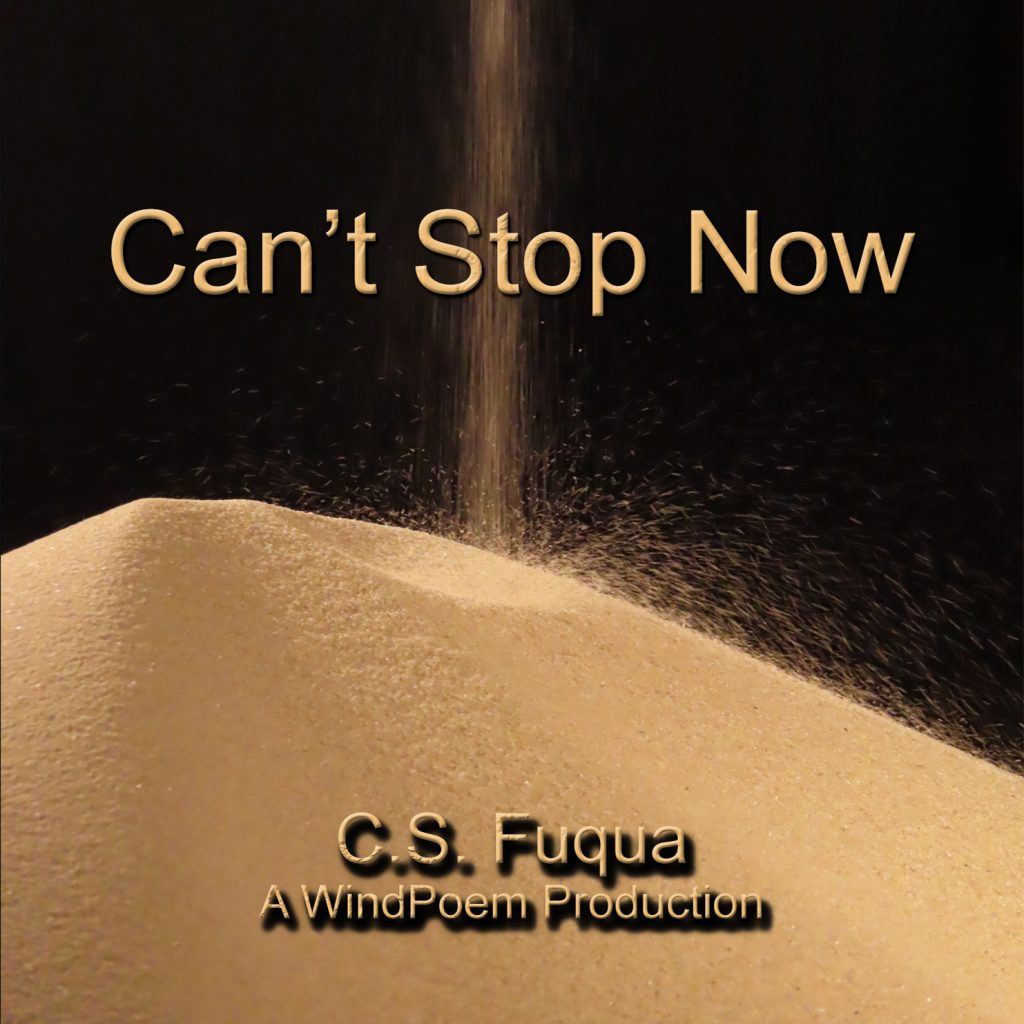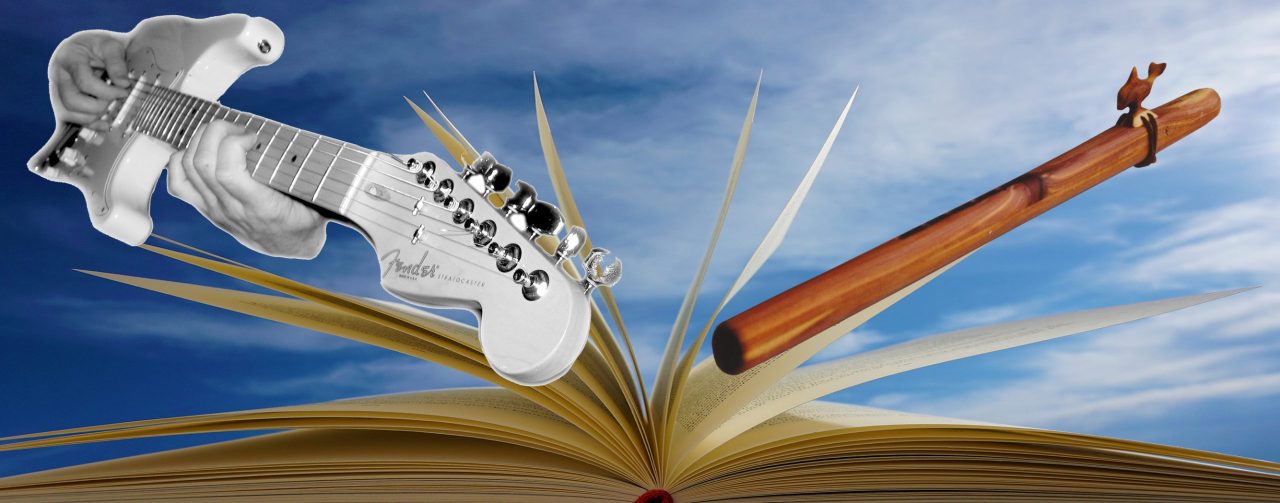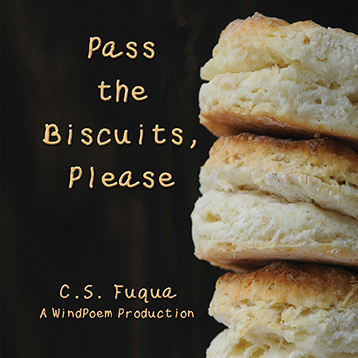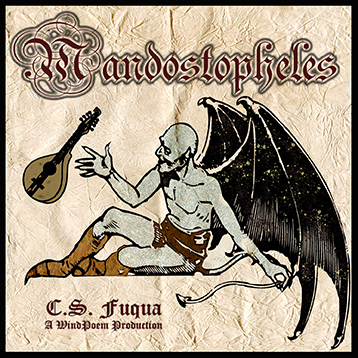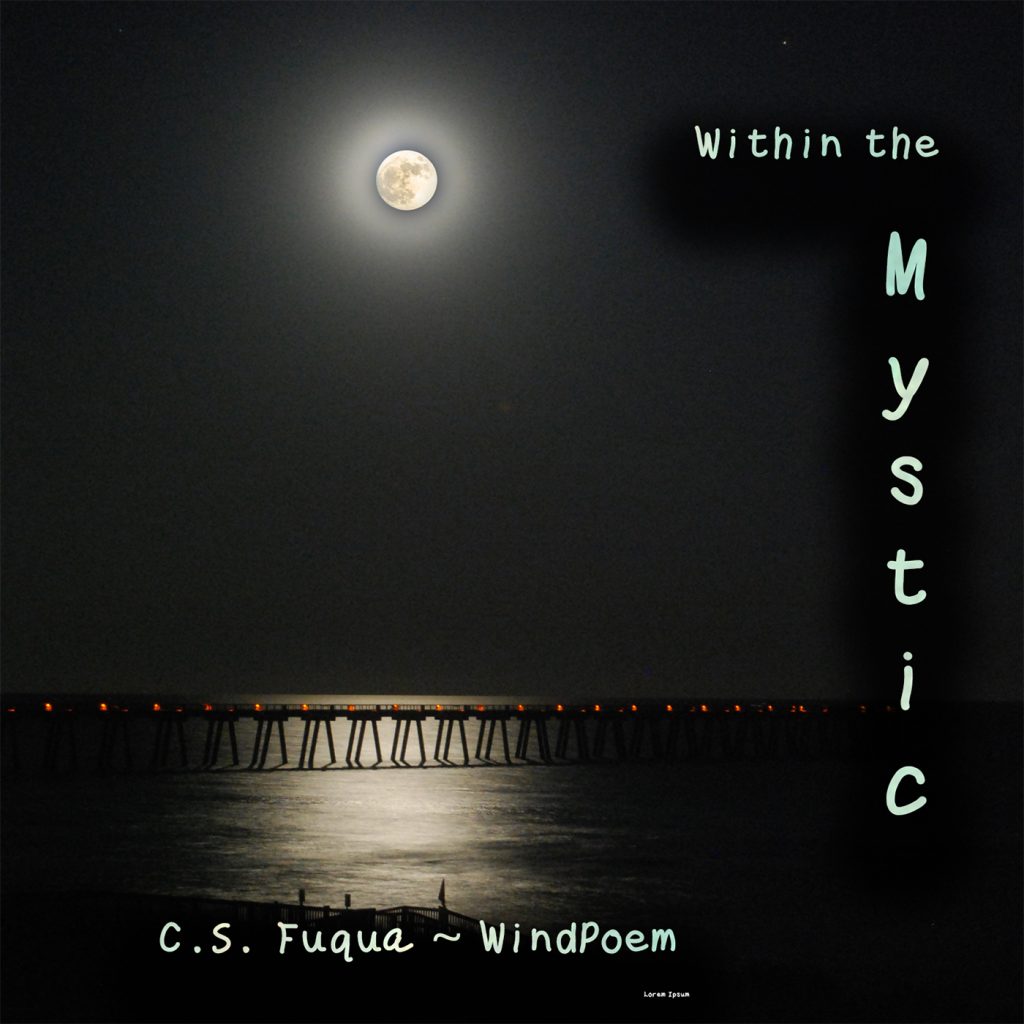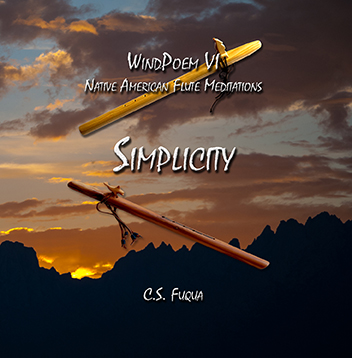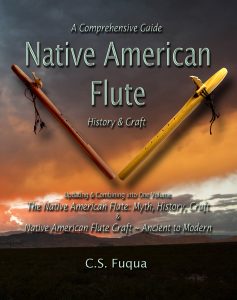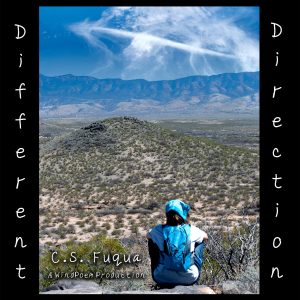When Native American flute popularity exploded in the 1980s and ’90s, the public latched onto the “love flute” myth as a history-based tale, that Native Americans had used the flute strictly as a courting tool. Other myths associated with the flute — that it was a gift from the Great Spirit to set trapped souls free, that it was a gift from Woodpecker to help a lost boy find his way home — were ignored, forgotten, and the instrument was promoted distinctly as a man’s instrument.
It isn’t. It’s much more.
The flute’s documented, celebrated history is detailed in the new book Native American Flute: A Comprehensive Guide ~ History & Craft, the result of nearly three decades of researching, playing, and crafting the native flute. Native American Flute updates and combines into one volume my previous two books on the Native American flute, The Native American Flute: Myth, History, Craft and Native American Flute Craft, to present a comprehensive history of and crafting guide to the native flute. Native American Flute explores the documented history and mythology of the Native American flute, debunking the popular belief that the flute is only a man’s instrument.
As a freelance journalist, author, and musician, I learned to play and craft the native flute in the early 1990s, discovering its history to be extremely rich and diverse. With gender equality a way of life in native cultures before Europeans arrived in the Americas, the popular belief the flute was strictly a man’s instrument just didn’t ring true.
Early accounts of Europeans who came to North America attested the flute played a diverse, intricate role in native life, from entertainment to fertility rituals to travel, even to courting. It had never been an instrument limited to men. instead played by all for varied purposes, but the courting aspect caught the romantic fancy of European readers.
Thanks to people like explorer Carcilaso de la Vega in 1592, Europeans focused on the flute’s courting aspect. According to de la Vega, “…[T]hey did not know how to harmonize measured verse, and were mostly concerned with the passions of love … One might say that he talked with his flute. Late one night, a Spaniard came upon an Indian girl he knew in Cuzco and asked her to return to his lodging, but she said: ‘Let me go my ways, sir. The flute you hear from that hill calls me with such tender passion that I must go toward it. Leave me, for heaven’s sake, for I cannot but go where love draws me, and I shall be his wife and he my husband.’”
As flute popularity has grown, women musicians have had to overcome discrimination and prejudice regarding their playing. Even award-winning flautists like Mary Youngblood have encountered male flautists who refuse to play on the same stage, shamans who refuse to bless a flute before an event, and venues that cancel performances by women when male performers complain.
Native American Flute sets the record straight, updating and combining the information from Fuqua’s first two books on the flute—The Native American Flute: Myth, History, Craft and Native American Flute Craft—into one volume to present a comprehensive, documented exploration of the native flute’s history and a fully illustrated, step-by-step crafting guide for making both the ancient and modern versions of the Native American flute, an instrument truly for all people.
Native American Flute is a available through most bookstores.
[arrow_forms id=’99’]
